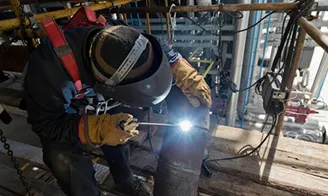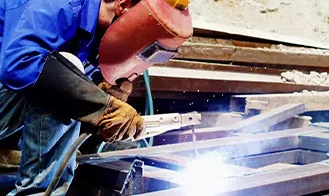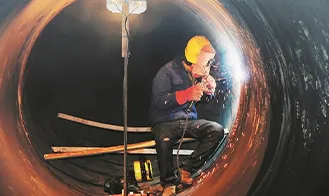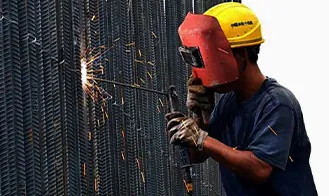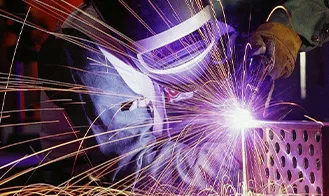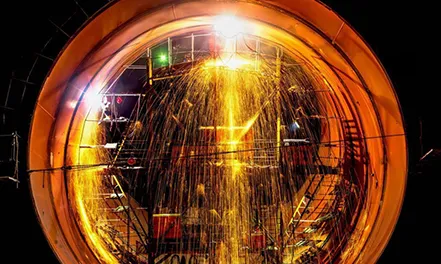Power Station
Join Welding
Welding refers to a welding method that connects two or more metal parts to each other by melting the base material. Welding is usually performed using welding processes such as gas shielded welding, manual arc welding or tungsten inert gas shielded welding.
The advantage of welding is that the connection strength is high, and the structure and performance of the connection part and the base material are similar, which is conducive to maintaining the integrity and stability of the work-piece; at the same time, there is no extrusion deformation at the connection part, which is suitable for large parts, special-shaped parts and inconvenient parts.
Spot welded parts. However, welding also has some limitations, such as requiring a large space and low utilization rate; it is also labor-consuming and time-consuming, and has high technical requirements.
Spot welding
Spot welding refers to a welding method that uses electric current to generate high temperature in a short time at the connection part, so that the material in the contact part melts and cools and solidifies under a certain pressure. The most commonly used welding equipment for spot welding is the spot welding machine, whose current size and time control are the main measures to achieve quality assurance. The connection points of spot welding are mainly located on the surface of the base metal, and the compression force generated during the connection process will cause the base metal to extrusion.
The advantages of spot welding are high production efficiency and suitable for joining small parts and thin plate materials; low cost and easy to automate production. However, the connection strength of spot welding is weak, and it is easy to loosen and fall off in environments such as high temperature and strong vibration.



